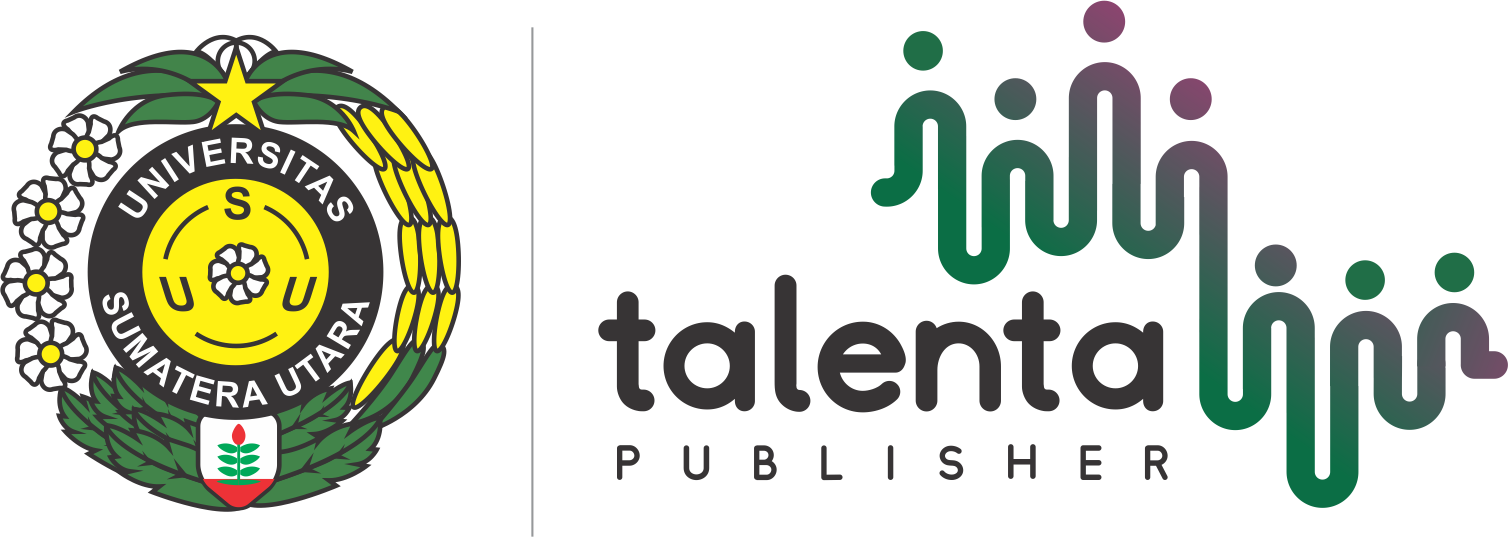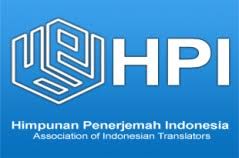Identifying Mood Types Analysis in BTS’ Speech at UNICEF
DOI:
https://doi.org/10.32734/lingpoet.v1i1.4695Keywords:
BTS, interpersonal meanings, Mood type, systemic functional grammarAbstract
This research focuses on analysing the types of mood in BTS’ speech at UNICEF. This research has two objectives, the first one is to describe the type of mood contained in the speech and to analyze how the mood types represent the characteristics of the speech. From the analysis of interpersonal meaning through mood structures, there are 76 subjects and 71 finites. While for residue elements, there are 60 predicators, 64 complements and 96 adjuncts consisting of 16 mood adjuncts, 45 circumstantial adjuncts, and 35 conjunctive adjuncts. From the analysis of mood types, the writer found there are 64 declarative moods, 6 imperative moods and 3 interrogative moods. The most dominant mood type in the speech is declarative. The characteristic of the speech is inaugurative speech which is a speech read by influential people to formalize something that's why the speaker shows that he was more informative with the statements he said while delivering his speech.
Downloads
References
M. A. K. Halliday and C. M. I. M. Matthiessen, Introduction to functional grammar, 4th ed. Oxon: Routledge, 2014.
T. T. Zein, T. S. Sinar, N. Nurlela, and M. Yusuf, “The Incomplete linguistic features and schematic structure in EFL university students’ narrative texts,†j. education. teach. learning, vol. 4, no. 1, pp. 203–209, Mar. 2019, doi: 10.26737/jetl.v4i1.675.
T. T. Zein, T. S. Sinar, Nurlela, and M. Yusuf, “Assessing complexity in the introduction part of bachelor’s theses: A systemic functional linguistic framework,†Talent Development and Excellence, vol. 12, no. 1, pp. 2100–2111, 2020.
S. Eggins, An introduction to systemic functional linguistics, 2nd ed. New York: Continuum, 2004.
L. Gerot and P. Wignel, Making sense of functional grammar. New South Wales: Antipodean Educational Enterprises, 1994.
T. S. Sinar, Teori dan analisis wacana: Pendekatan sistemik-fungsional. Medan: Pustaka Bangsa Press, 2003.
A. Saragih, Introducing systemic functional grammar. Medan: Unimed Press, 2007.
D. Ezzy, Qualitative analysis: Practice and pnnovation. New South Wales: National Library of Australia, 2012.
M. B. Miles, A. M. Huberman, and J. Saldana, Qualitative data analysis: A methods sourcebook, 3rd edition. London: Sage, 2014.
Downloads
Published
How to Cite
Issue
Section
License
Copyright (c) 2020 LingPoet: Journal of Linguistics and Literary Research

This work is licensed under a Creative Commons Attribution-ShareAlike 4.0 International License.













